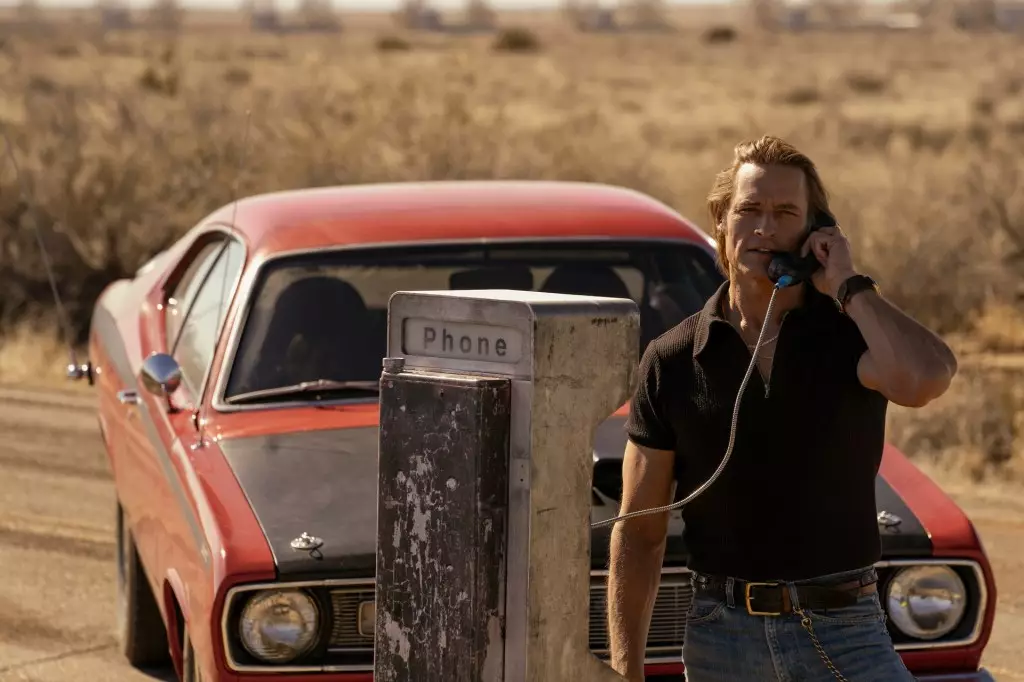In an era where streaming platforms are fiercely competing for viewer attention, creating a successful series is akin to navigating a complex maze of expectations, market dynamics, and audience preferences. Despite an ambitious five-year development period and a star-studded team led by J.J. Abrams, the series *Duster* exemplifies how even well-crafted projects can falter in the crowded digital landscape. The series had the ingredients for success: critical acclaim, a dedicated cast, and a compelling premise rooted in 1970s Americana. Yet, the dissonance between critical praise and viewership numbers reveals a fundamental lesson—reputation alone doesn’t guarantee survival in the streaming wars.
Quality Does Not Always Guarantee Cultivation of Audience Engagement
Critics overwhelmingly acclaimed *Duster*, with Rotten Tomatoes scores reaching an impressive 92% among critics and 83% among general viewers. However, these metrics, while promising, are not sufficient drivers for a show’s longevity. The disconnection between critical and audience interest underscores a harsh truth: content quality is just one piece of the puzzle. Viewership metrics, streaming numbers, and audience engagement are often more reflective of a show’s cultural relevance and marketing reach than its intrinsic quality. HBO Max’s decision to decline a second season, despite favorable reviews, underscores the importance of audience metrics—numbers that can make or break renewal decisions regardless of critic scores.
The Reality of Market Competition and Audience Fatigue
The streaming ecosystem is saturated. Platforms are desperately vying for the same slice of eyeballs, often leading to a focus on shows that can deliver immediate buzz and high engagement. In this environment, even a critically acclaimed series like *Duster* struggles to find its footing amid the barrage of competing content. Its inability to breach Nielsen Top 10 streaming charts or appear prominently in Luminate’s Top 50 highlights how difficult it is for original projects to carve out visibility. These metrics are often gatekeepers, determining a series’ survival more than artistic merit or storytelling depth.
Impact of Timing, Marketing, and Audience Acquisition
Timing and marketing play crucial roles in a show’s success, and *Duster*’s five-year development cycle might have inadvertently hampered its momentum. The series arrived at a moment when viewer preferences were shifting, and its niche 1970s crime drama focus might have been too specific or unfamiliar to capture widespread attention. Additionally, the fact that the cast options were not renewed suggests that strategic considerations, such as budget constraints or shifting platform priorities, influenced the series’ fate. The failure to pivot or aggressively market *Duster* post-release demonstrates how critical timing, promotion, and audience awareness are in the streaming era.
The Challenges of Niche Content and Viewer Expectations
While niche programming can cultivate passionate audiences and critical acclaim, it often struggles to reach larger audiences quickly. *Duster*’s setting, historical focus, and crime genre might appeal to specific viewer segments but limit its mainstream appeal. Yet, niche content can succeed if backed by effective promotional strategies and platform support. Unfortunately, *Duster* did not seem to break through these barriers, which raises questions about platform risk tolerance. Streaming services often prefer projects with broad appeal that can generate sustained engagement, leaving smaller or more specialized stories at risk despite their artistic and narrative strengths.
The Harsh Reality of Streaming Show Survival
The ultimate decision not to pursue a second season of *Duster* exemplifies the harsh realities content creators face in the streaming industry. High production costs, the need for continuous viewer engagement, and immediate data-driven decision-making mean that even promising series can face the chopping block. Despite *Duster*’s accolades, it failed to demonstrate the necessary audience pull. Warner Bros. and Bad Robot’s attempts to shop the series elsewhere highlight an industry where even a project with artistic merit might be left behind if it doesn’t quickly translate into viewership metrics.
A Reflection on Creative Risks and Industry Realities
*Duster* stands as a testament to both creative ambition and industry volatility. While it showcased talent and rich storytelling rooted in a distinctive period, the series’ inability to sustain audience interest underscores a vital lesson: artistic vision must be paired with strategic audience engagement. Platform executives are under increasing pressure to deliver viewership numbers that justify substantial investments, often at the expense of riskier, more niche projects. This dynamic makes it harder for bold, innovative storytelling to thrive unless it hits the right cultural notes at the right time—an elusive goal in today’s fast-paced streaming environment.

